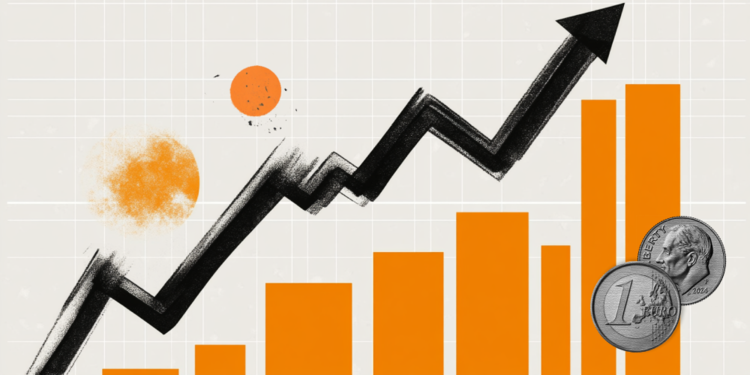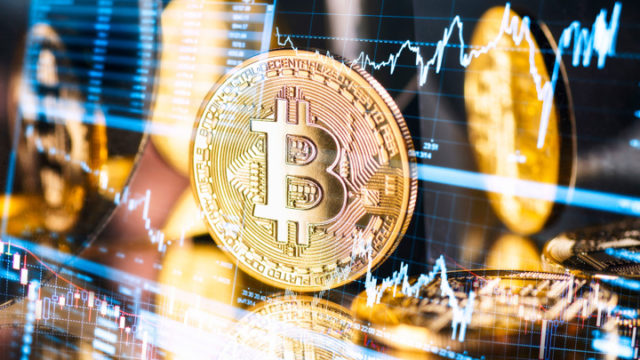- Natural Gas pared its early gains on Friday as the US dollar found a bottom after its recent steep decline.
- The latest news is that the Groningen Gas plant in the Netherlands will probably close in October 2023, a year earlier than previously thought.
- A weaker US dollar following Thursday’s ECB rate hike adds further fuel to the XNG/USD rally.
The price of Natural gas has shot up more than 14% so far this week, driven by lower-than-expected storage data, hotter weather conditions (Gas is used for both cooling and heating), reports of major blackouts fallout in Europe, a substantially weaker US dollar and expectations of stronger demand from Asia.
The XNG/USD pair is trading lower from its Friday highs after a strong start, trading at $2.632 MMBtu as of this writing.
News about Natural Gas and movements in the markets
- Natural Gas gets support from rumors reported by Bloomberg that the Groningen gas plant in the Netherlands could close a year early – this October and not next – due to mounting complaints about political pressure from earthquakes triggered by the plant that damage the homes of local residents.
- Weekly data from the US Energy Information Administration (EIA) showed an unexpected drop in Natural Gas Storage Change data to 84B cf in the prior week when 95B was forecast, suggesting that the demand exceeds supply.
- As reported by Reuters, the Nyhamna Gas processing plant in Norway is experiencing technical problems that will put an end to production for a month. This is a much longer period than expected, which shakes confidence in the Norwegian offer.
- Data from The Commitments of Traders (COT) on Gas futures positions last week shows that many traders were short Natural Gas futures. This week, many of these traders found themselves caught in a “short squeeze”, triggering panic covering, further fueling the rally.
- The XNG/USD pair experienced further gains due to a substantial weakening of the US dollar after the European Central Bank (ECB) applied a hawkish hike at its meeting on Thursday, which strengthened the euro and weighed on the Dollar Index. American (DXY).
- The ECB revised upwards its core inflation forecasts for 2023-2004.
- ECB President Christine Lagarde made it clear that the ECB would keep the door open to further rate hikes in the future during the post-meeting press conference.
- The ECB’s policy outlook contrasted with the relatively less tough speech from the US Federal Reserve on Wednesday.
- The price of Natural Gas is supported by expectations of higher Asian demand and interruptions in Russian gas pipelines.
- A hotter than expected summer drives the increase in demand for Natural Gas used in refrigeration, boosting prices.
Natural Gas Technical Analysis: Recovering Within a Long-Term Downtrend
The price of Natural Gas remains in a long-term downtrend since its peak of $9,960 MMBtu reached in August 2022. That being said, the bearish momentum has subsided considerably since February 2023, as evidenced by the bullish convergence of the Index of Natural Gas. relative strength (RSI) with the price, as of May. Bullish convergence occurs when the price makes new lows but the RSI does not copy them. It may be indicative that a bullish reversal is in the making.
However, unless Natural Gas can break above the latest long-term downtrend lower high at $3.079 MMBtu, the odds still favor a downtrend extension, and shorts over longs.
A break below the year-to-date lows of $2,110 MMBtu would cement the bearish outlook and suggest a continuation to the downside towards a target at 1,546 MMBtu, the 61.8% Fibonacci extension of the plus consolidation range extension. or less lateral that has developed during 2023.
-638225177399817584.png)
Natural Gas: Weekly Chart
On the daily chart, you can see that the price has broken above the 50 simple moving average (SMA) and not the 100 day SMA, which is a short-term bullish sign.
-638225177811596463.png)
Natural Gas: Daily Chart
On the 4-hour chart, the pair is in a short-term uptrend since early June 2023, with successive higher highs and lower lows.
-638225178174675490.png)
Natural gas: 4-hour chart
This coincides with the bullish RSI convergence seen on the weekly chart.
However, on the 4-hour chart, the RSI is now flickering “overbought” (above 70), a signal for bulls not to add new long positions. Should the RSI break out of the overbought zone and return to neutral territory, it would be a signal for short-term bulls to close out their long positions entirely, and is likely indicative of a price retracement after recent strong gains.
Frequently Asked Questions about the US Dollar
What is the US dollar?
The US dollar (USD) is the official currency of the United States of America and the “de facto” currency of a large number of countries where it circulates alongside local banknotes. According to 2022 data, it is the most traded currency in the world, with more than 88% of all global foreign exchange operations, which is equivalent to an average of 6.6 trillion dollars in daily transactions.
How do the decisions of the Federal Reserve affect the dollar?
The single most important factor influencing the value of the US dollar is monetary policy, which is determined by the Federal Reserve (Fed). The Fed has two mandates: achieve price stability (control inflation) and promote full employment. Its main tool to achieve these two objectives is to adjust interest rates.
When prices rise too fast and inflation exceeds the 2% target set by the Fed, the Fed raises rates, which favors the dollar’s value. When inflation falls below 2% or the unemployment rate is too high, the Fed can lower interest rates, which weighs on the dollar.
What is Quantitative Easing and how does it affect the dollar?
In extreme situations, the Federal Reserve may also print more dollars and enact quantitative easing (QE). QE is the process by which the Fed substantially increases the flow of credit into a stuck financial system.
This is an unconventional policy measure that is used when credit has dried up because banks do not lend to each other (for fear of counterparty default). It is the last resort when a simple lowering of interest rates is unlikely to achieve the necessary result. It was the weapon of choice for the Fed to combat the credit crunch that occurred during the Great Financial Crisis of 2008. It consists of the Fed printing more dollars and using them to buy US government bonds, mainly from financial institutions. QE usually leads to a weakening of the US dollar.
What is quantitative tightening and how does it affect the US dollar?
Quantitative tightening (QT) is the reverse process whereby the Federal Reserve stops buying bonds from financial institutions and does not reinvest the principal of maturing portfolio securities in new purchases. It is usually positive for the US dollar.
Source: Fx Street
I am Joshua Winder, a senior-level journalist and editor at World Stock Market. I specialize in covering news related to the stock market and economic trends. With more than 8 years of experience in this field, I have become an expert in financial reporting.







